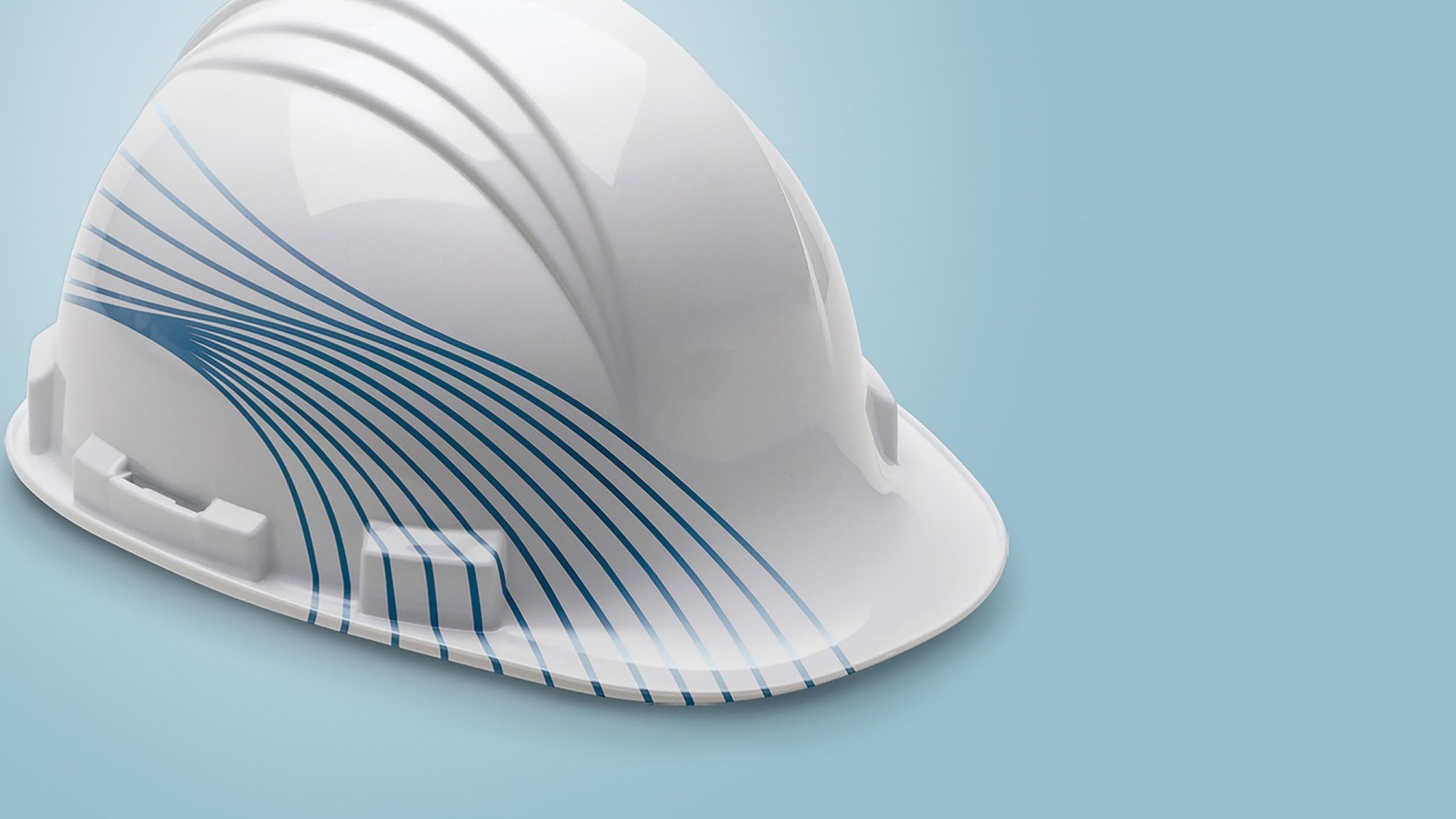
Insulation Misconceptions
Dispelling Myths About Insulation
In the world of insulation, there are many misconceptions and myths that can mislead homeowners and impact their decisions when it comes to insulation solutions. To help you separate fact from fiction, we're here to dispel some common myths about insulation.
Myth 1: Insulation is only necessary in cold climates.
Fact: While it's true that insulation is essential for keeping homes warm in cold climates, its benefits extend beyond temperature regulation. Insulation also plays a crucial role in preventing heat transfer during hot summers, keeping homes cool and comfortable. Regardless of the climate you live in, insulation helps improve energy efficiency and maintain a consistent indoor temperature year-round.
Myth 2: All insulation materials are the same.
Fact: Insulation materials come in various types, each with its unique characteristics and performance qualities. From fiberglass and cellulose to spray foam and mineral wool, different insulation materials offer different R-values, installation methods, and benefits. It's essential to choose the right insulation material based on your specific needs, budget, and the area you plan to insulate.
Myth 3: Insulation is only useful for exterior walls.
Fact: While insulation is commonly associated with exterior walls, it has a much broader scope. Insulation can be installed in interior walls, attics, basements, crawl spaces, and even around pipes and ductwork. Insulating these areas helps enhance energy efficiency, reduce noise transmission, and improve overall comfort throughout your home.
Myth 4: Insulation is a DIY project that anyone can tackle.
Fact: While there are some insulation tasks that homeowners can handle themselves, such as adding weatherstripping or applying spray foam in small gaps, insulation installation is best left to the professionals. Proper insulation installation requires knowledge, experience, and specialized equipment to ensure optimal performance and safety. Hiring a qualified insulation contractor will ensure that the job is done correctly and efficiently.
Myth 5: Insulation is a one-time investment.
Fact: Insulation is a long-term investment that requires periodic maintenance and attention. Over time, insulation can settle, degrade, or become damaged, compromising its effectiveness. Regular inspections, addressing any issues promptly, and maintaining proper ventilation in insulated areas are essential for maximizing the lifespan and performance of your insulation.
Myth 6: Insulation is only beneficial for older homes.
Fact: Insulation is beneficial for homes of all ages. While older homes often have inadequate or outdated insulation, even newer homes can benefit from insulation upgrades. Upgrading insulation in new construction or recently built homes can further improve energy efficiency, comfort, and cost savings.
Myth 7: Insulation causes moisture and mold issues.
Fact: When installed correctly, insulation does not cause moisture or mold issues. In fact, insulation can help prevent these problems by reducing condensation and moisture infiltration. However, poor installation or inadequate ventilation can lead to moisture accumulation and potential mold growth. It's crucial to ensure proper installation techniques and address any existing moisture issues before insulating.
Myth 8: Insulation is only for reducing heating and cooling costs.
Fact: While energy cost savings are one of the significant benefits of insulation, its advantages go beyond financial savings. Insulation also enhances indoor comfort by minimizing drafts, regulating temperature fluctuations, and reducing noise transmission. Additionally, insulation contributes to environmental sustainability by reducing energy consumption and carbon footprint.
Myth 9: Insulation is primarily for older homes with poor energy efficiency.
Fact: Energy efficiency is important for both old and new homes. Even if your newer home meets building code requirements, upgrading insulation can provide further energy savings and improve overall comfort. Additionally, as building codes and energy efficiency standards continue to evolve, newer homes may benefit from additional insulation to meet higher performance expectations.
Myth 10: Insulation is unnecessary for mild climates.
Fact: While insulation is commonly associated with colder climates, it is beneficial in mild climates as well. Mild climates may still experience temperature variations and require insulation to regulate indoor temperatures efficiently. Insulation helps maintain a comfortable living environment by reducing heat gain from the sun during hot seasons and heat loss during cooler periods.
Myth 11: Insulation is only for reducing energy use in residential buildings.
Fact: Insulation is not limited to residential buildings. It is equally important in commercial structures, industrial facilities, and various other types of buildings. Insulation helps optimize energy use, improve thermal performance, enhance occupant comfort, and comply with building codes and regulations across different sectors.
Myth 12: Insulation is a costly investment with minimal returns.
Fact: While insulation installation may require an upfront investment, the long-term returns outweigh the initial costs. With proper insulation, homeowners and building owners can benefit from significant energy savings, reduced utility bills, increased property value, improved indoor air quality, and enhanced overall comfort. The return on investment in insulation can vary based on factors such as insulation type, energy prices, and climate conditions.
Conclusion
By debunking these myths, we aim to provide accurate information and help you make well-informed decisions about insulation. Remember to consult with insulation professionals who can assess your specific needs and recommend the most suitable insulation solutions for your property.